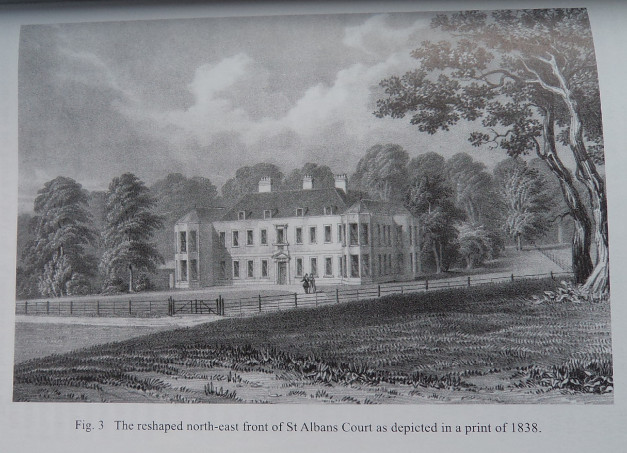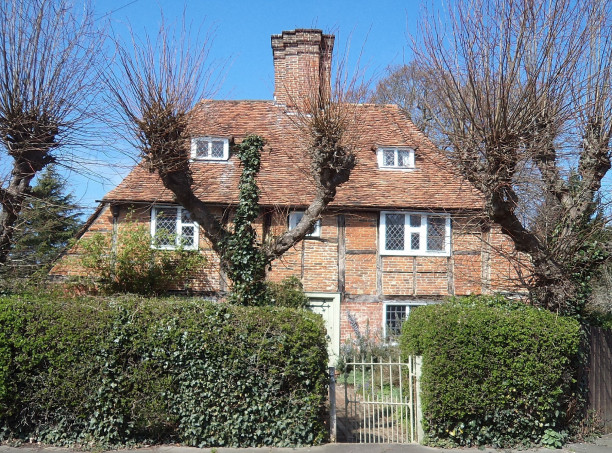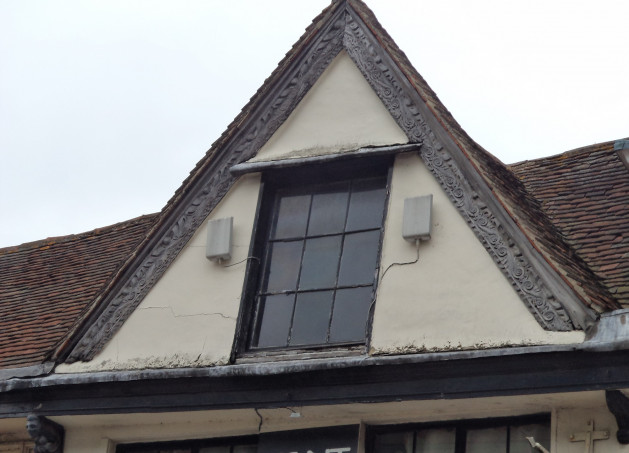I thought I would start with a couple of news items, especially Thomas Becket: Life, Death and Legacy, a three-day online conference organised by the HLF-funded Canterbury Journey team at Canterbury Cathedral, with staff at the University of Kent and Canterbury Christ Church University from Wednesday 28 to Friday 30 April. The conference programme is now available on the website: https://becket2020.com/ and any questions, please email: canterburybecket2020@gmail.com Standard Tickets are £25 per day and for students the day rate is £10.
The organizing committee is getting to the final stages of preparations which means the virtual tours that feature aspects of the cathedral and its collections have been filmed by Alba Jato and the editing process is almost complete. The conference talks and keynote lectures are also going to be filmed beforehand, but the introductions and Q&A sections of the sessions will be live. This more complex arrangement compared to Tudors and Stuarts 2021 is due to Dr Emily Guerry (University of Kent) having secured a British Academy grant that provides comprehensive AV/IT support. Additionally, the conference is using Zoom. For those who attended Tudors and Stuarts, among the Becket keynote speakers is Professor Alec Ryrie, and we are similarly delighted to welcome Dr Rachel Koopmans and Dr Paul Webster. Tickets are selling well but please if you think this sounds interesting do check out the programme on the website (see above).

The second news items are that in May Professor Carolyn Oulton is holding a Kent Maps symposium on Wednesday 5th (please contact her at carolyn.oulton@canterbury.ac.uk for more details) and then on Tuesday 25th the Centre will be holding an ‘in conversation’ event when Dr Marc Morris will be discussing aspects of his new book, The Anglo-Saxons. A History of The Beginnings of England (Hutchinson, 2021). This online ‘conversation’ will be free to attend on Teams Live Events and the joining link will be provided in the Centre’s blog nearer the time. This event is organized with the publishers and the CCCU Bookshop, please do order you copy of what Dan Snow has called “An absolute masterpiece” through the Bookshop at: https://bookshop.canterbury.ac.uk/ and we would be delighted to have your company on 25th May from 7pm.

The final news item before I come to Victoria Steven’s presentation to the Kent History Postgraduates group is that the new Historical Map of Canterbury is now out. This is the first stage in the Historic Towns Trust project on Canterbury masterminded by Dr Jake Weekes of Canterbury Archaeological Trust, with help from the Centre and CCCU through Professor Jackie Eales and Dr Alex Kent. Information about the map, including how to buy it (available from Monday) are available at: https://www.canterburytrust.co.uk/post/a-new-historical-map-of-canterbury
Now to a fascinating presentation by Victoria to a somewhat depleted group, for among those unable to attend was Janet Clayton who is currently in hospital following a nasty fall. The whole group wished her a speedy and full recovery. Victoria’s research MA, which is being supervised by Dr Claire Bartram (Co-Director of the Centre) and Professor Carolyn Oulton, is focused on an early 20th-century inventory from an east Kent gentry house that comprises sections on plate, pictures and books, the latter forming the lion’s share of the manuscript. Even though Victoria has not yet been able to track down any of the books because they were seemingly sold in 1937, the year after the estate, she hasn’t given up on this. She is sure the Hammond family would have used book plates in their extensive library collection which should help to identify any from the library, as well as hopefully possibly offering details regarding provenance.

However, that is for the future and Victoria started her project by setting up a spreadsheet of all the items in the inventory, as well as investigating the owners and residents of St Albans Court at Nonington, the home of this collection. She has found some contemporary illustrations of the ‘old’ house and its successor, rebuilt in 1878 by William Oxenden Hammond, as well as a plan which shows just how large and imposing the library must have been, and thus, presumably, how much it meant to generations of Hammonds until Selina, the widow of Egerton Douglas Hammond, disposed of the estate. Running out of heirs was not a new phenomenon among the country gentry but that and death duties certainly hit such families badly in the early 20th century.
From her research, Victoria believes she has found the four Hammonds who primarily built up the family’s book collection, beginning with William Hammond (1721–1773) and ending with William Oxenden Hammond (1817–1903), the inventory initially drawn up following his death. For between 1903 and 1936 books seem to have ‘walked out’ rather than ‘in’ to the library! All four William Hammonds liked books, the first being a Cambridge graduate with a eye for the Classics, while the second was a polymath, enjoying books on travel, history and estate management, who acquired his wealth through banking, he and his partner had a bank in Canterbury. The third was a law graduate whose specialism was the poor law, while the fourth similarly had wide-ranging interests that included natural history and travel. He was also an amateur artist and his interest in religion extended to publishing at least one work of his own. Thus, Victoria has an interesting group who seem to have gone further in their collecting than the standard fare of an English country house, and whose desire to own works included ideas about books as objects of value, that were aesthetically pleasing as well as funds of knowledge on natural history, travel, religion, the classics, law, foreign language books and matters relating to estate management and husbandry.

Unfortunately, however, the inventory compiler seems to have had far less interest in such matters as book bindings, and the notes on the books are pretty sparse beyond what would be needed to locate a volume. Yet there is enough to imply the Hammonds had cared, including their relatively extensive collection of Aldine Press editions, which Victoria is especially excited about, and having looked up the press I can see why! Although there was nothing in the library from before 1500, the earliest book listed is 1501, and this, too, is exciting. Just as an aside the greatest known collection of Aldine editions was at Althorp, the library of the 2nd Earl Spencer, which is now in the John Rylands Library at Manchester.
Having set out her project, Victoria then showed the group her plan of where she wants to go next, including, if possible, a comparison of her ‘lost’ library with one still intact, albeit probably not still in its original setting. It is feasible one of the collections at Canterbury Cathedral Library may provide such a comparison, but more once Victoria has followed this up. She is also trying to find out more regarding the selling of the books and whether most went through an auction and/or some were ‘cherry-picked’ first through private dealers.
At the end of her fascinating presentation, members of the group were more than happy to ask questions, suggest avenues to follow and provide information on earlier members of the Hammond family and St Albans Court. As a consequence, this lively session went on much longer than scheduled and hopefully Victoria has lots of new ideas and leads to add to her own exploration of this highly interesting manuscript. We shall look forward to a later instalment of this project, while next week I hope to be able to report on the Centre’s involvement in the Lossenham project and a student project on St Dunstan’s church just outside Canterbury.
 Centre for Kent History and Heritage
Centre for Kent History and Heritage Sheila Sweetinburgh
Sheila Sweetinburgh 1405
1405

